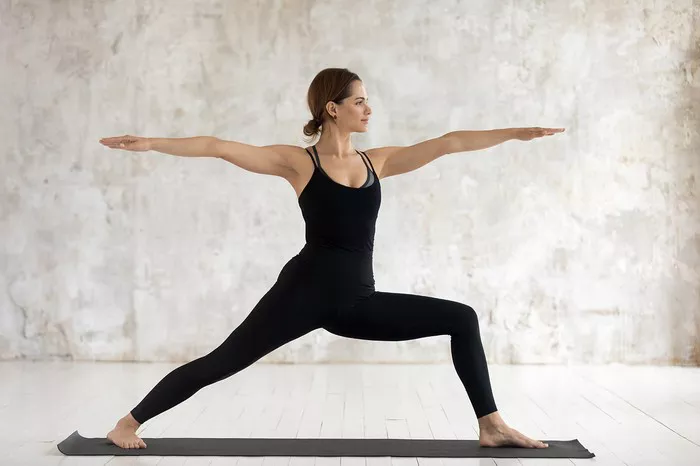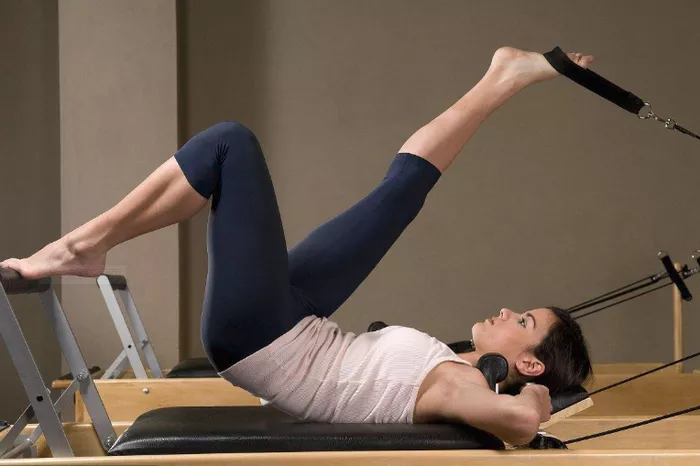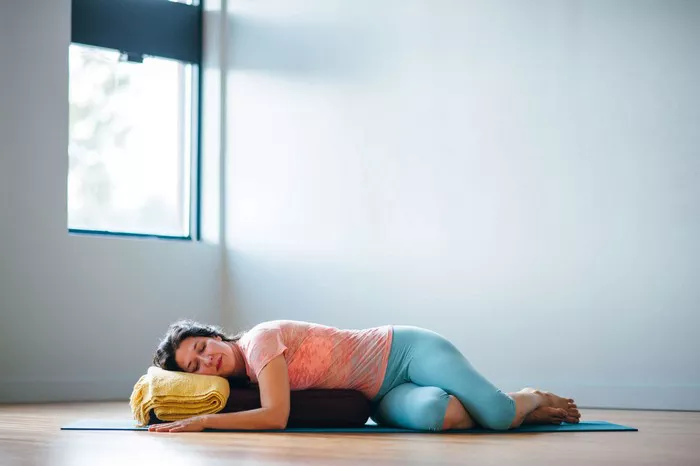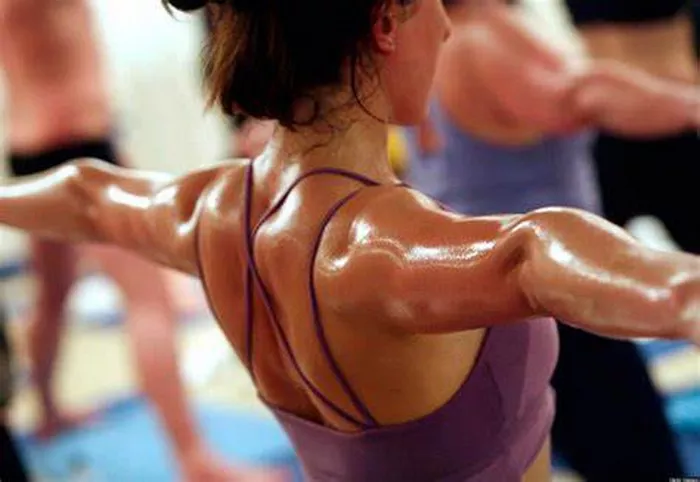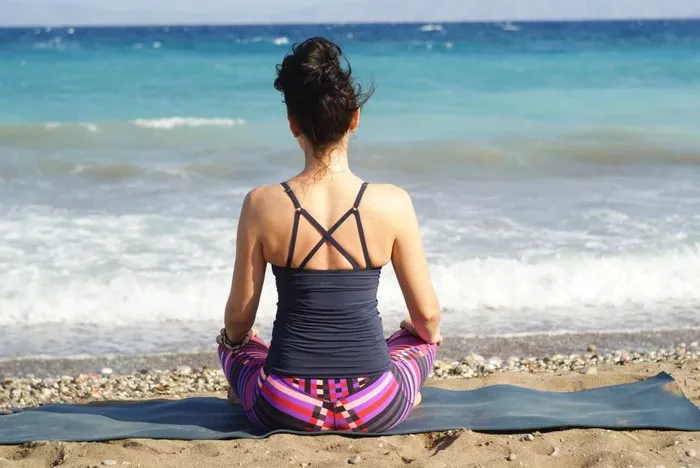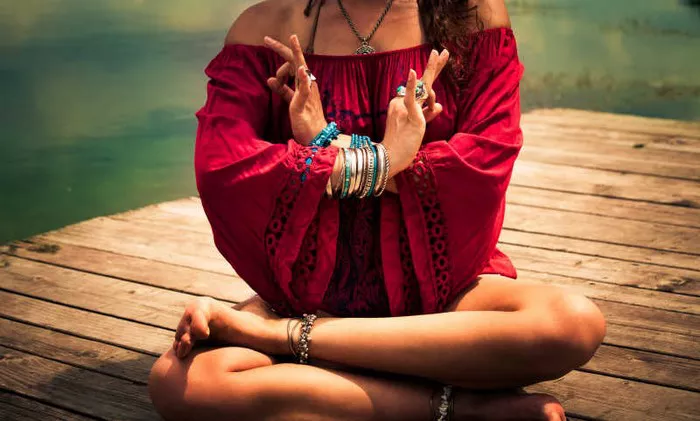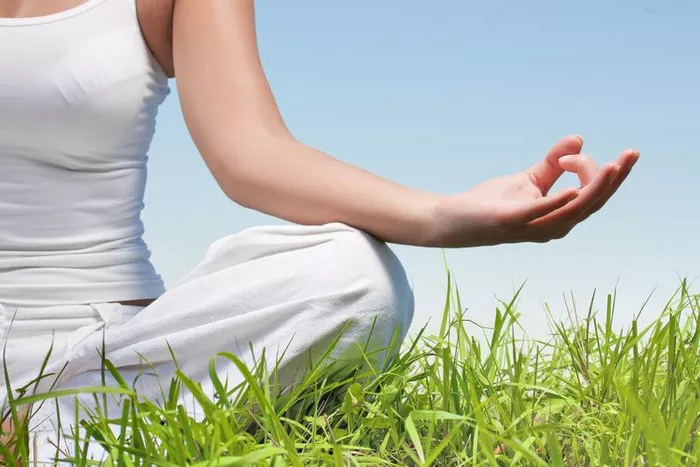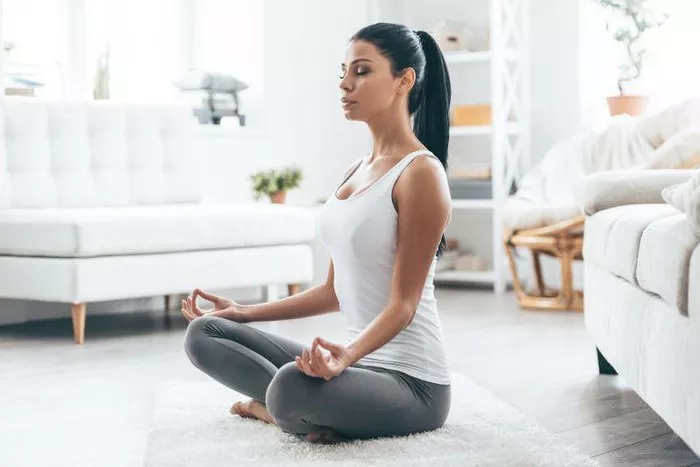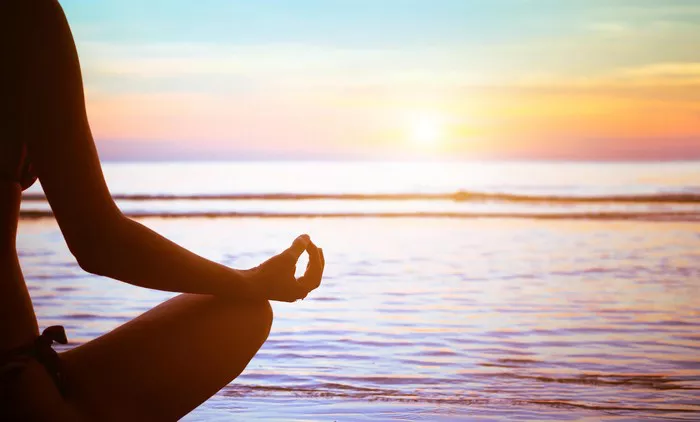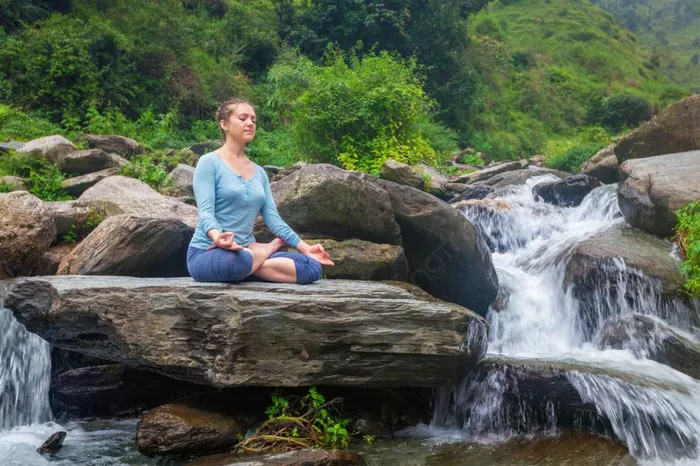Yoga, an ancient practice that harmonizes the body, mind, and breath, has many styles and sequences tailored to different needs. Among them, the Moon Sequence in Hatha Yoga holds a special place for those seeking balance, relaxation, and introspection. Unlike the more widely known Sun Salutations (Surya Namaskar), which generate heat and energy, the Moon Sequence (Chandra Namaskar) is a cooling and calming practice designed to cultivate inner peace and emotional equilibrium.
Understanding the Moon Sequence (Chandra Namaskar)
The Moon Sequence is a series of postures performed in a flowing manner, synchronized with the breath. It is specifically crafted to honor the lunar energy, which represents rest, reflection, and the nurturing aspect of life. This sequence is beneficial when practiced in the evening or during phases when the body and mind require restoration, such as during menstruation, pregnancy, or after an intense physical exertion.
Hatha Yoga, which translates to the balance of ‘Ha’ (sun) and ‘Tha’ (moon), aims to unify these opposing energies within the body. The Moon Sequence embodies the ‘Tha’ energy, guiding practitioners toward introspection and tranquility, making it a valuable counterpart to more vigorous yoga practices.
Origins and Philosophy of the Moon Sequence
The Moon Sequence is rooted in traditional Hatha Yoga teachings, but its contemporary adaptation is often attributed to various modern yoga teachers who have developed structured variations of Chandra Namaskar. The philosophy behind the sequence is based on the balance of energy—while Sun Salutations are invigorating and dynamic, the Moon Sequence fosters stillness, reflection, and surrender. It is often linked to the feminine energy, making it a nurturing and meditative practice.
The Structure of the Moon Sequence
Although there are variations in the Moon Sequence across different yoga schools, a general Chandra Namaskar follows a flowing sequence of postures that emphasize grounding, flexibility, and breath awareness. Below is a commonly practiced version of the Moon Sequence:
1. Tadasana (Mountain Pose)
Begin in a standing position with feet together or hip-width apart.
Ground through the feet, lengthen the spine, and bring hands to heart center.
Take a few deep breaths to center yourself.
2. Urdhva Hastasana (Upward Salute)
Inhale and sweep the arms overhead, lengthening the body.
Maintain a gentle lift in the chest while keeping the shoulders relaxed.
3. Side Stretch (Chandrasana Variation)
Exhale and bend to the right side, stretching the left body.
Inhale back to the center and repeat on the left side.
This movement mimics the crescent moon, embodying its gentle curve.
4. Uttanasana (Standing Forward Bend)
Exhale and fold forward, keeping the spine long.
Allow the head and neck to relax, encouraging introspection.
5. Anjaneyasana (Low Lunge)
Step the right foot back and lower the right knee to the ground.
Lift the arms overhead, opening the heart while maintaining grounding.
6. Ardha Hanumanasana (Half Split Pose)
Shift the hips back, straightening the front leg.
Flex the foot and maintain length in the spine.
7. Malasana (Garland Pose)
Bring both feet together, squatting down with hands in prayer position.
Keep the spine long and use the elbows to open the knees gently.
8. Ardha Malasana (Half Squat Pose)
Extend the right leg straight to the side while keeping the left knee bent.
Maintain a lifted chest and feel the grounding energy through the feet.
9. Skandasana (Side Lunge Pose)
Transition to a deeper side lunge by shifting weight from side to side.
Engage the core and stay connected with your breath.
10. Anjaneyasana (Low Lunge on the Opposite Side)
Return to the lunge position with the left foot forward.
Lift the arms overhead, embracing the gentle opening of the heart.
11. Uttanasana (Standing Forward Bend)
Step the back foot forward and fold into a relaxed forward bend.
12. Tadasana (Mountain Pose)
Slowly rise, bringing the hands to heart center to complete the sequence.
This sequence can be repeated as needed, moving in a slow, mindful manner.
Benefits of the Moon Sequence
The Moon Sequence offers a wide range of physical, mental, and emotional benefits:
Encourages Relaxation and Stress Relief
The slow, deliberate movements and deep breathing activate the parasympathetic nervous system, reducing stress and promoting relaxation.
Balances Energy Levels
Practicing this sequence in the evening helps unwind the body from daily activities and prepares it for restful sleep.
Enhances Flexibility and Mobility
The sequence incorporates gentle stretches that improve flexibility, particularly in the hips, legs, and spine.
Supports Women’s Health
The sequence is especially beneficial for women during menstruation and pregnancy, as it nurtures the body without excessive strain.
Promotes Emotional Balance
The inward focus of the sequence aids in emotional stability, helping to release tension and cultivate self-awareness.
When to Practice the Moon Sequence
The best times to practice the Moon Sequence include:
Evening or Night – Helps the body transition into a relaxed state before sleep.
During Menstrual Cycles – Provides a nurturing, non-strenuous practice.
Times of High Stress or Fatigue – Acts as a restorative tool to counteract burnout and anxiety.
Full Moon or New Moon Phases – Aligns with lunar cycles for deeper energetic connection.
Conclusion
The Moon Sequence in Hatha Yoga is a beautifully flowing practice that embodies the qualities of grace, fluidity, and calmness. It serves as a counterbalance to more vigorous yoga practices, allowing practitioners to embrace the lunar energy within. Whether practiced as a stand-alone sequence or as a complement to other yoga styles, Chandra Namaskar offers a profound journey into self-care, mindfulness, and holistic well-being. By incorporating this sequence into your routine, you can cultivate a deeper connection to your inner self, harness the soothing power of lunar energy, and create a harmonious balance in your practice and life.
Related Topics:

